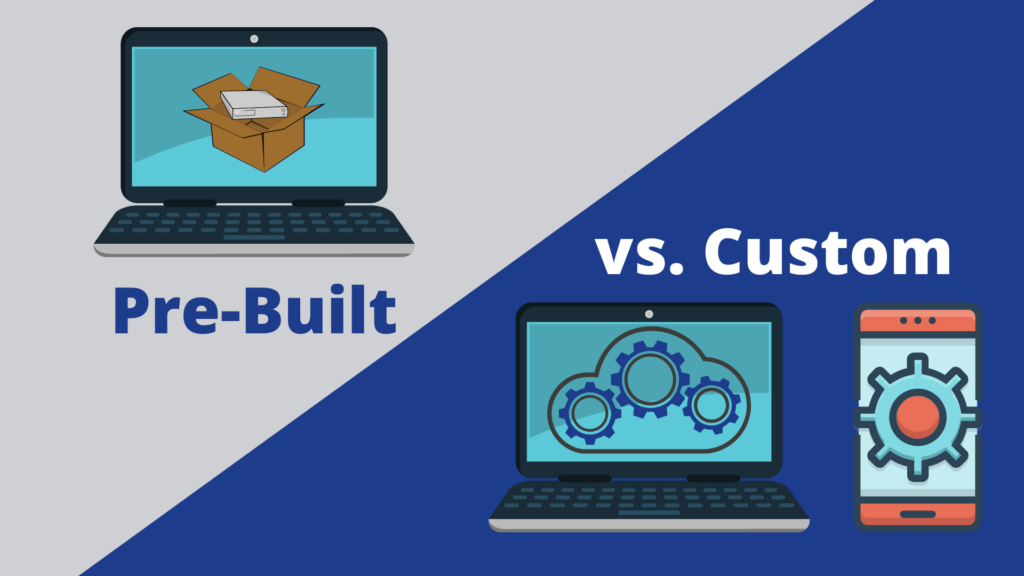In construction, it’s common for materials to be shipped straight to the jobsite. On the surface, this seems like a smart move. There’s no warehouse to maintain, no middle step to manage, and materials are delivered right where they’re needed. But this approach often leads contractors to believe that formal materials management isn’t necessary. That assumption is both widespread—and incredibly costly.
Even without a central warehouse, materials management remains a critical part of a project’s success. In fact, when materials are delivered directly to active jobsites, the risks of inefficiency, misplacement, and waste often increase. Without the structure of a central storage system, materials can quickly disappear into the jobsite chaos.
The Hidden Problems with Direct-to-Jobsite Deliveries
Construction sites are dynamic, fast-moving environments. Materials don’t always arrive on schedule, and when they do, they might be dropped off at different locations across a large, active site. One shipment might go to a trailer, another to a staging area on the second floor, and another to a Conex box behind the building. Over time, it becomes nearly impossible for teams to know where everything is.
When this happens, crews spend valuable time searching for materials they need. Tools get misplaced. Deliveries go unverified. Items that are on site are mistakenly re-ordered simply because no one can find them. All of this slows down progress and increases costs.
Many contractors don’t realize how much time is being lost or how much money is being wasted until they’re already over budget or behind schedule. And by then, it’s too late to course-correct without taking a hit.
Why Jobsite Inventory Tracking Still Matters
Just because you don’t have a warehouse doesn’t mean you don’t have inventory. Every trailer, container, storage rack, or floor of your project becomes a de facto warehouse the moment materials are delivered. And without a system to track what’s there, where it is, and who’s using it, your materials are at constant risk of being misused, lost, or wasted.
Materials often represent the largest single cost on a construction project. But surprisingly, many companies still manage them with informal systems—handwritten notes, spreadsheets, or verbal updates. This approach might have worked in the past, but today’s projects are too large, too fast-paced, and too complex for guesswork.
Proper materials management creates visibility. It helps you understand what’s been delivered, where it’s stored, and how it’s being used. More importantly, it helps prevent unnecessary reorders, wasted time, and costly project delays.
If You’re Losing Money, But Don’t Know Where—This Is Why
One of the biggest challenges for companies relying on direct-to-jobsite deliveries is not being able to pinpoint where material losses are happening. Without a centralized receiving system or tracking protocol, materials can slip through the cracks undetected. Supplies might be delivered but never logged. Tools can disappear without being accounted for. Short shipments may not be noticed until the work has already stalled.
It’s a silent, ongoing drain on the budget—and most companies don’t realize just how much they’re losing until a project review reveals gaps they can’t explain.
Barcode scanning changes this. By enabling real-time tracking from the moment materials arrive, it consolidates and simplifies the entire process. Crews can scan deliveries upon arrival, log them to specific containers or locations on site, and track usage throughout the project. Even without a warehouse, this creates a structured system that provides clear visibility into what’s on site, where it is, and how it’s being used. That visibility leads to better accountability, less loss, and more informed decision-making.
How Barcode Systems Simplify Jobsite Materials Management
Modern barcode technology offers a simple, scalable way to bring order to the chaos of the jobsite. Instead of manually checking materials against a delivery slip, crews can scan shipments as they arrive. This gives instant confirmation of what’s been received and flags shortages immediately—before they become bigger problems.
Each Conex box or trailer can be labeled with a barcode, allowing teams to scan and see everything stored inside. Rather than opening containers and guessing what’s where, crews can access an organized inventory from a phone or tablet in seconds. That same system can also track tools and equipment, showing who checked them out and where they were last seen.
This level of visibility isn’t just convenient—it’s transformative. It turns a scattered set of storage locations into a connected, trackable materials network that reduces waste and increases accountability.
Reallocating Materials Across Projects
Another major benefit of better materials management is the ability to identify and reallocate surplus materials from other jobs. It’s common for leftover or unused materials to be quietly stored in a trailer or side yard, never logged, and eventually forgotten. Meanwhile, another team on a different project orders the same items again.
With a centralized materials tracking system, project managers can check inventory across multiple jobsites before placing new orders. This prevents overbuying and ensures that materials already paid for can be used again—creating cost savings and reducing waste. For many contractors, this alone can reduce material costs by as much as 15 to 20 percent.
Owners Want Transparency—And Materials Tracking Delivers It
Project owners are increasingly demanding transparency in how materials are procured, used, and accounted for.
Barcode-based materials tracking generates detailed logs automatically. You can show owners when materials were received, how they were deployed, and where inventory stands at any point in the project. This builds trust, reduces the chance of disputes, and demonstrates a level of professionalism that owners increasingly expect from their contractors.
Materials Management Is More Important Than Ever
Just because your company doesn’t operate a warehouse doesn’t mean you’re off the hook for managing materials. If anything, jobsite deliveries increase the need for visibility, control, and accountability. Without a system in place, you’re not just risking delays—you’re leaving money on the table.
Modern materials tracking tools—especially those built around barcode scanning and mobile access—are affordable, easy to implement, and proven to deliver returns. From reducing reorders to improving crew efficiency to winning trust with owners, they provide measurable value right from the first project.
In today’s competitive construction market, the companies that thrive will be the ones who treat materials management as a core part of their operational strategy—even if they’ve never had a warehouse.



